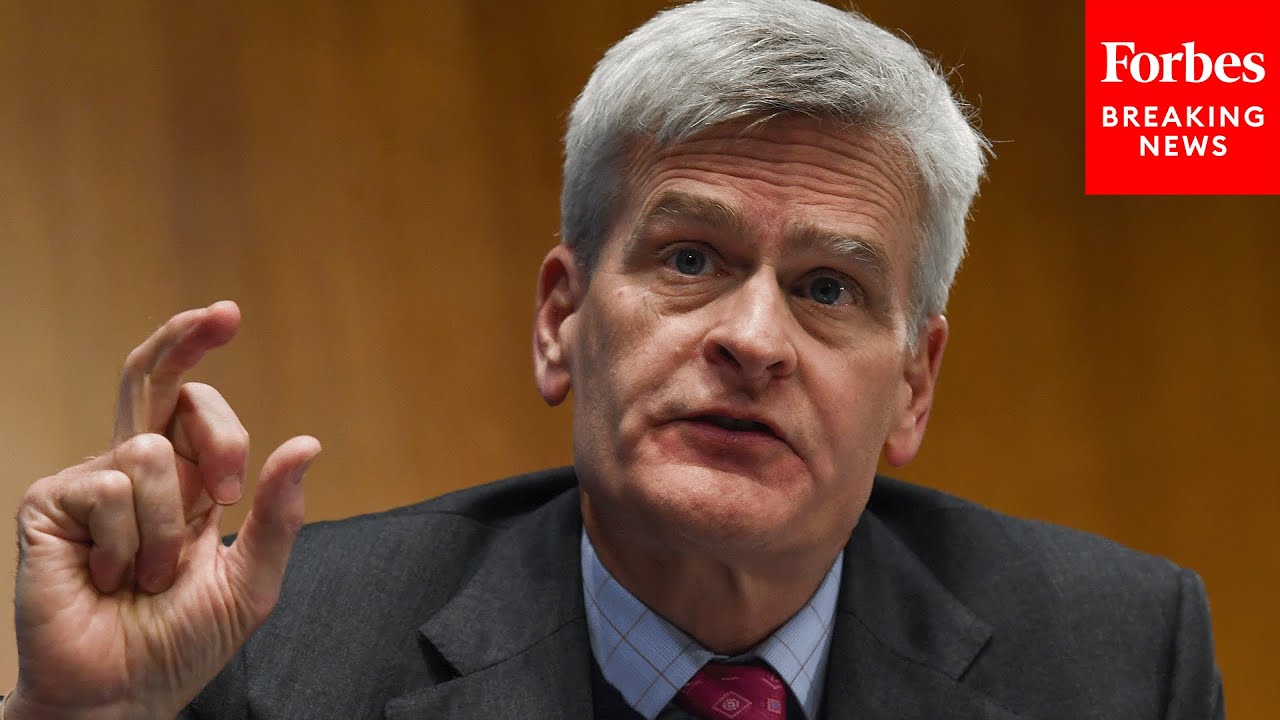'A Little Bit Of Collusion': Bill Cassidy Blasts Insurance's Role With Pharmacy Benefit Managers
Unleash Your Creative Genius with MuseMind: Your AI-Powered Content Creation Copilot. Try now! 🚀
Ladies and gentlemen, let's embark on a riveting journey into the labyrinthine world of pharmaceutical pricing, where confusion reigns and transparency is often a rare sighting. Senator Cassidy, ever the inquisitive mind, throws open the door to this enigma, summoning Dr. Burns and Dr. Van Nuys to the stand. We're about to unveil the mystery behind the curtain of prescription costs and the players who pull the strings.
The Curious Case of Gilead's Authorized Generics
In the year 2019, Gilead, in an apparent bid to lower out-of-pocket costs for patients, introduced authorized generic versions of Harvoni. It seemed like a knight in shining armor coming to rescue the weary and financially burdened patients. But hold on, the plot thickens. The authorized generics never made it to several PBMs' formularies, leaving patients stuck with the full bill. Was this an abuse of power? Dr. Knives, the stage is yours.
Dr. Knives shines a light on the complex dynamics at play. It's not a clear-cut case of PBM villainy; we must delve deeper. The real incentive, it appears, lies in Medicare Part D plans. These plans are structured in such a way that the health plans have a vested interest in patients swiftly navigating through coverage phases, with the government footing most of the bill in the catastrophic phase. It's not the PBMs but the health plans they serve who drive this strategy.
Collusion or Coercion?
Now, Senator Cassidy raises the intriguing possibility of collusion. If insurance companies own and control PBMs, are they directing them to pass the cost burden onto patients? A collusion, perhaps, that's designed to maximize their profits. Mr. Levitt jumps in, asserting that there's no firewall between PBMs and insurance companies. United Health owns Optum, Cigna owns Express Scripts, and CVS owns Caremark. The health plans seem to prefer higher drug costs to propel patients through the coverage phases, a profitable maneuver.
This prompts us to broaden our perspective. The PBMs are, in essence, just agents for insurance companies willing to offload costs onto consumers and federal taxpayers for their financial gain. It's a web of intertwined interests, all masked by the intricate layers of this system.
Changing Dynamics with Recent Legislation
But, dear readers, there's a twist in the tale. Recent legislation has brought change to the Medicare Part D incentive landscape. The reward for squeezing patients into the catastrophic phase is diminishing. What does this mean for the ongoing drama? Dr. Burns hints at the possibility of a lessening of the issue, but time will reveal the true impact.
Decoding the List Price Conundrum
The list price versus net price debate is an intellectual conundrum. Dr. Burns invokes Shulman Weinstein's data, suggesting that list prices rise because manufacturers can get away with it. However, the manufacturer isn't the sole culprit; there's a depressive effect at play, costing manufacturers a considerable sum.
Now, who sets the list price? Is it a negotiation between rebates and net prices? Dr. Burns believes the manufacturers do not report the list price as profit, focusing solely on the net price. The rebate, the chasm between list and net, becomes the PBM's bargaining tool to secure formulary positions. Here, the battle is between the health plans and the manufacturers. The rebates flow back to the health plans, but what they do with it remains hidden behind a veil of opaqueness.
As Senator Cassidy rightly points out, it's the obscurity in this process that keeps us all intrigued. The money trail, winding through insurance giants and corporations, raises questions about accountability and transparency.
Conclusion: The Prescription Pricing Enigma
In the labyrinth of pharmaceutical pricing, where PBMs and insurance companies dance a complex tango, the true beneficiaries and victims remain shrouded in mystery. We have uncovered that PBMs act as intermediaries, but the driving forces are the health plans with their strategic interests.
As the healthcare landscape evolves with legislation, the plot may thicken or unravel. It's a tale of intricate interests and hidden agendas, and the need for transparency in this system becomes more apparent than ever.
The quest for affordable healthcare continues, and we await the next chapter in this saga. What secrets will be unveiled, and which players will emerge as the champions or the culprits in this intricate tale of prescription pricing? The future holds the answers, and we watch with bated breath, ready to unlock the enigma.
